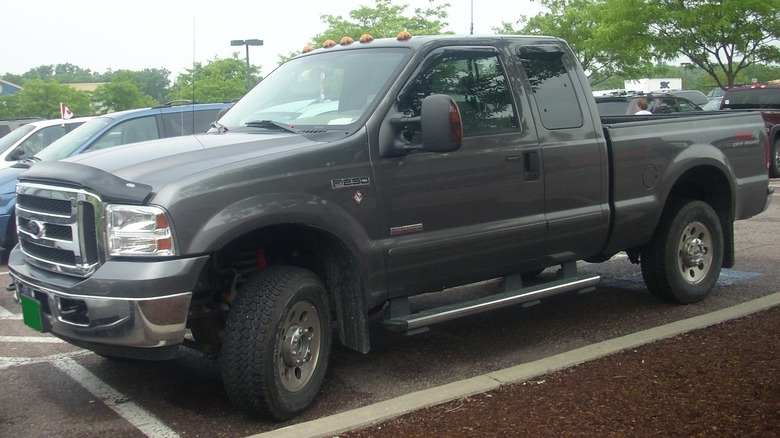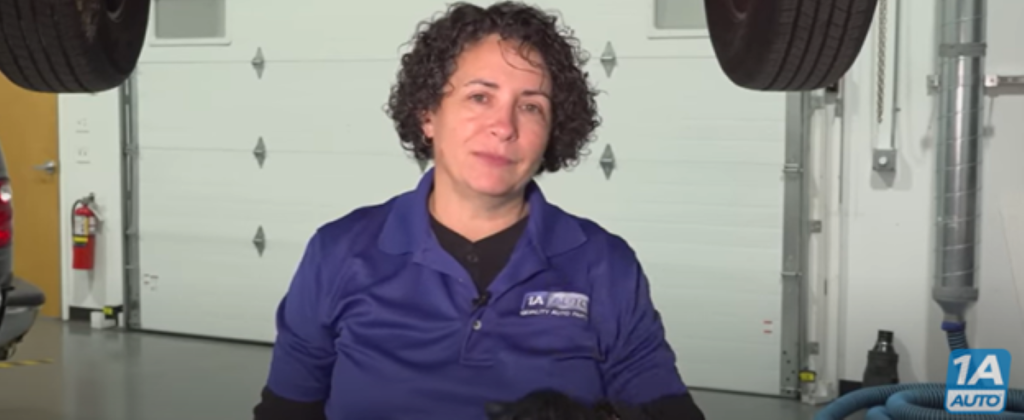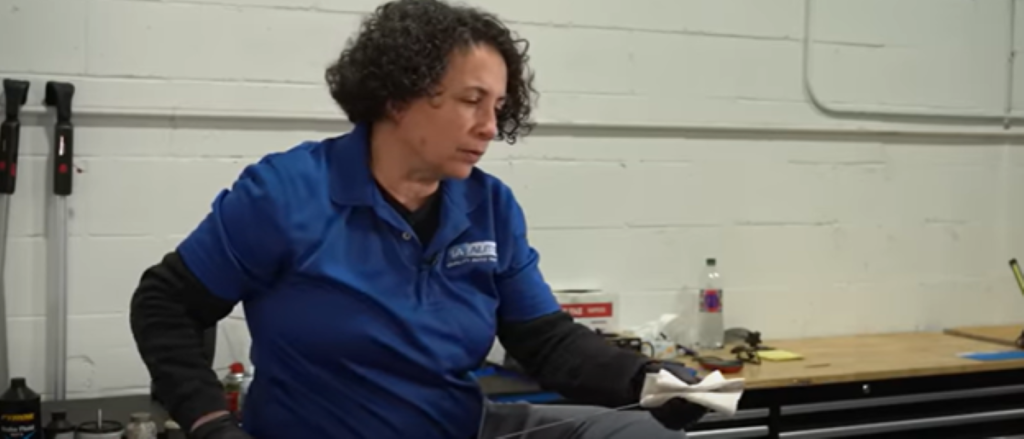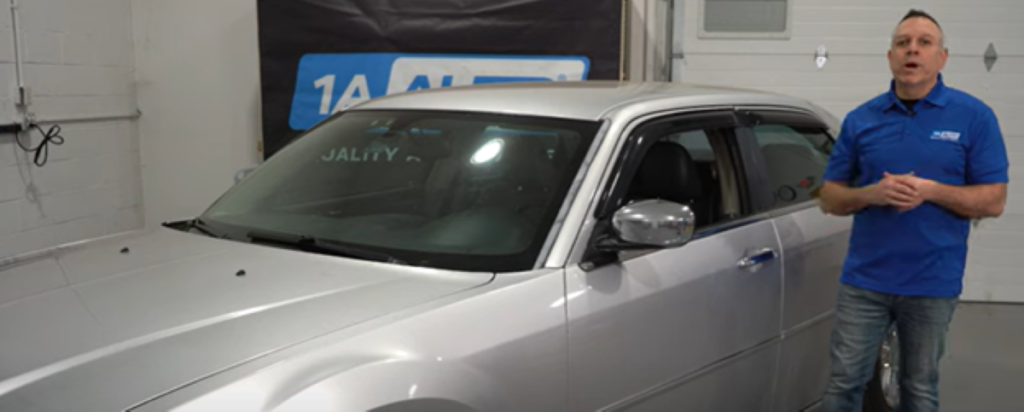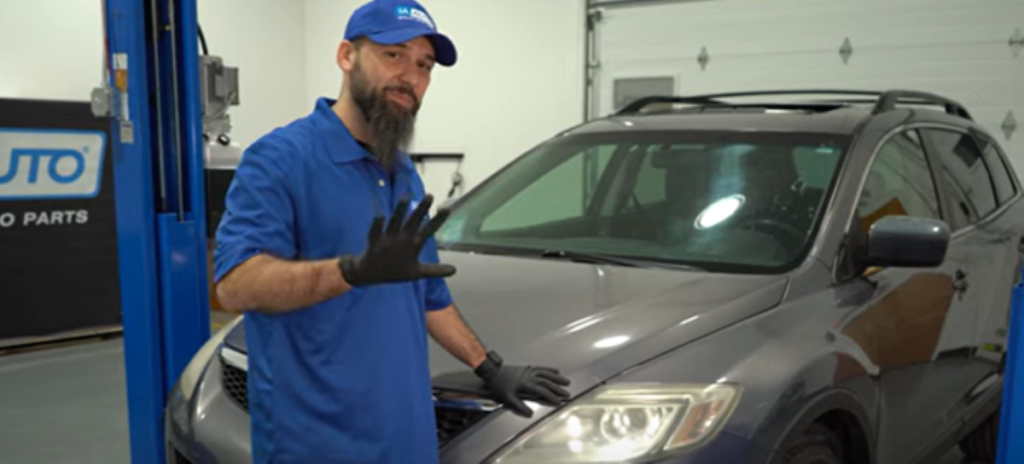A 2005 to 2010 Dodge Dakota with problems like squeaking from the front end is common. Here’s the top 5 problems owners may find with the 3rd generation Dakota. Common 3rd Gen Dodge Dakota Problems: Years 2005 to 2010...
A 2005 to 2010 Dodge Dakota with problems like squeaking from the front end is common. Here’s the top 5 problems owners may find with the 3rd generation Dakota.
Common 3rd Gen Dodge Dakota Problems: Years 2005 to 2010
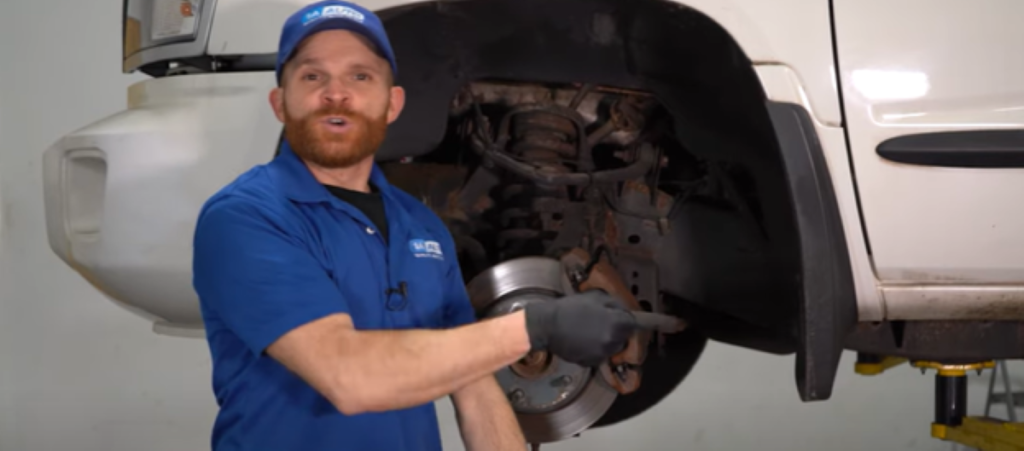
1. Worn Upper Ball Joints
Symptoms of a Bad Upper Ball Joint
Tires wearing out, like feathering or choppingClunking when driving over bumpsCauses of Worn Upper Ball Joints
 Upper ball joint with a torn boot
Upper ball joint with a torn bootThe upper ball joints on the 2005 to 2010 Dodge Dakota are known to wear. This can cause an issue with the truck’s alignment, which can feather or chop the tires.
How to Fix Defective Upper Ball Joints
 Checking an upper ball joint for play by squeezing it with pliers
Checking an upper ball joint for play by squeezing it with pliersYou can raise and secure the truck with a jack and jack stands and grab the tire from the 12 and 6 o’clock position. Wiggle the tire in and out and feel for excessive movement, which is a sign of wear.
You can also loosen the lug nuts from the tire with a breaker bar as the wheel’s on the ground, raise and secure the truck with a jack and jack stands, and remove the lugs nuts and tire. Pinch the upper ball joint with pliers and check for looseness or a lot of movement. Also check the ball joint for damage like tears.
The control arm and ball joint come as an assembly on the 3rd gen Dakota, so if the ball joint is damaged, both parts will need to be replaced together.
More on diagnosing parts making a noise when driving over bumps
2. Clunking Noise from the Front
Symptoms of a Bad Steering Shaft
Clunking noise heard in the cabin while drivingSteering wheel turns without turning the wheelsCauses of Problems with the Steering Shaft in the 2005 to 2010 Dodge Dakota
The 3rd gen Dakota’s steering shaft has two u-joints. It also has an area that needs to compress and decompress, and it has a vibration dampener its center. A creaking or clunking noise could arise if there’s a problem with any of these components.
How to Fix a Bad Steering Shaft
The steering shaft is located under the hood, on the left side of the engine and under the brake master cylinder. The shaft can be accessed from either end. If there is an issue with any of the steering shaft’s components that are causing this problem, the entire steering shaft assembly will need replacing. The truck will also need an alignment after this repair.
Read: Popping Noise When Turning the Steering Wheel in Your GM Vehicle?
3. Camshaft Position Sensor Failure
Symptoms of a Bad Camshaft Position Sensor
Engine stalls out after trying to start itEngine cranks but won’t startHow to Fix a Bad Camshaft Position Sensor
The camshaft position sensor is located on the engine head on the passenger side of the engine. It’s placed underneath the valve cover. The sensor can be reached from above, underneath the engine, and it can also be accessed by removing the tire and wheel well.
Make sure the sensor is connected to the electrical connector. Check the wiring for damage, and replace the sensor if needed.
4. Problems with the Exhaust Manifold
Symptoms of Problems with the Exhaust Manifold on the 2005 to 2010 Dodge Dakota
Ticking noise from a cold engine at start-upCauses of a Ticking Noise
A ticking noise is usually from a broken piece of the exhaust manifold’s hardware.
More on how a bad exhaust manifold can cause a ticking sound
How to Fix a Bad Exhaust Manifold
The exhaust manifolds are located on each side of the engine. They can be reached from above or below the engine, and also through the wheel well.
If the exhaust manifold is leaking, it should be fixed promptly. A damaged exhaust manifold and leak exhaust fumes into the passenger compartment. When replacing the exhaust manifolds, we recommend replacing the gasket at the same time.
5. Transfer Case Shift Motor
 Transfer Case
Transfer CaseSymptoms of Problems with the Transfer Case Shift Motor in the 3rd Gen Dodge Dakota
Truck won’t shift from 2WD to 4WDTruck shifts to 2WD or 4WD unpromptedCauses of Issues with the Transfer Case Shift Motor
If the transfer case shift motor has an issue, it can be catastrophic] to the transfer case. If there is an issue, the motor could shift the truck from 2WD to 4WD, or turn on while driving.
How to Fix the Transfer Case Shift Motor

Test the switch inside the passenger compartment. Trace the wiring and check for damage, like, for example, if a rodent chewed the wiring. If the switches and wiring are working, the transfer case shift motor on the transfer case shift motor will need replacing before it damages the transfer case.
3rd Generation Dodge Dakota Model Years
2005 Dodge Dakota2006 Dodge Dakota2007 Dodge Dakota2008 Dodge Dakota2009 Dodge Dakota2010 Dodge DakotaRead more:
Common Dodge Dakota Problems: 2nd Generation 1997 to 2004Save Money – Quality Auto Parts – DIY How-to Videos

The post Top 5 2005 to 2010 Dodge Dakota Problems (3rd Generation) appeared first on 1A Auto.




